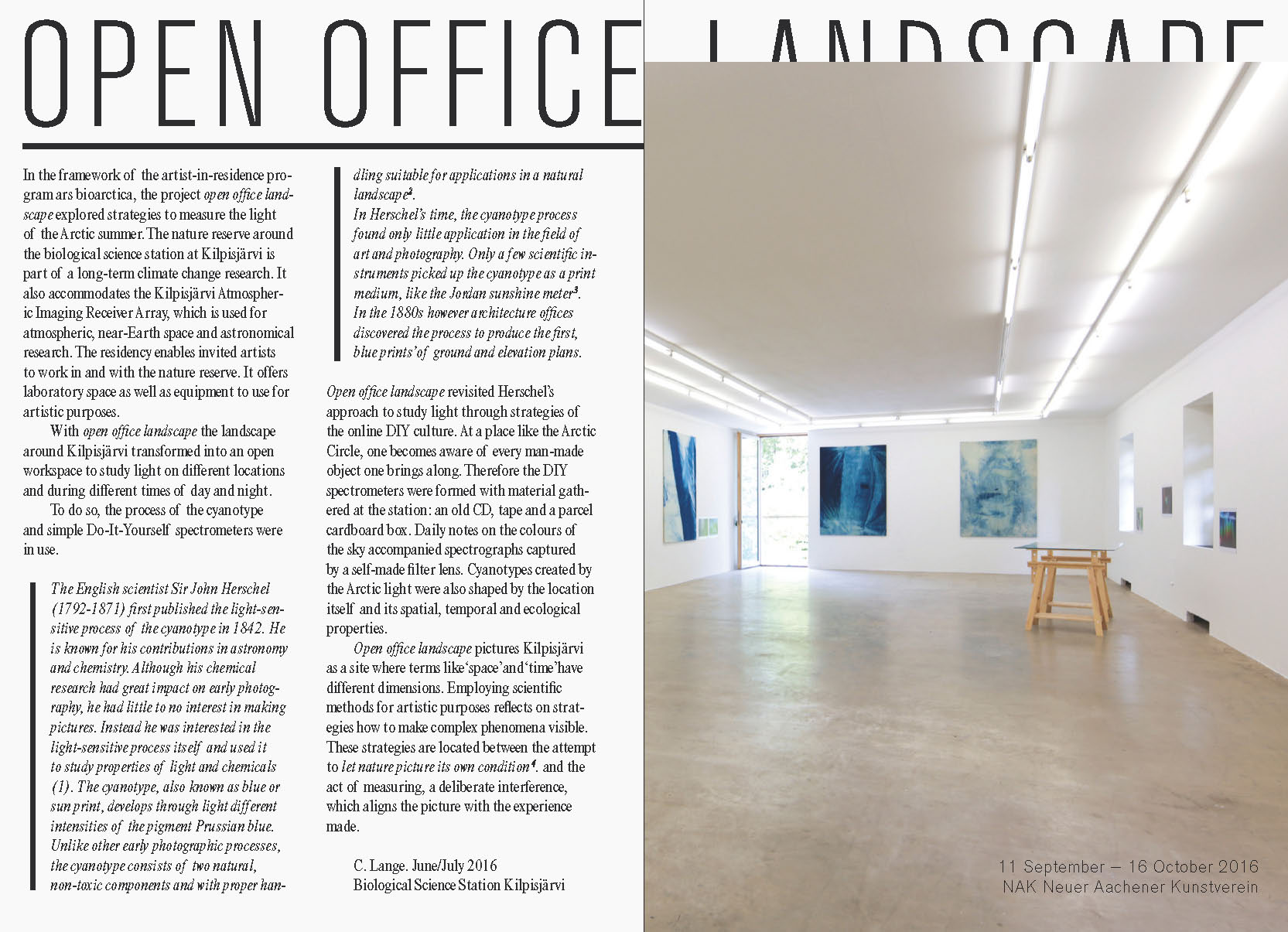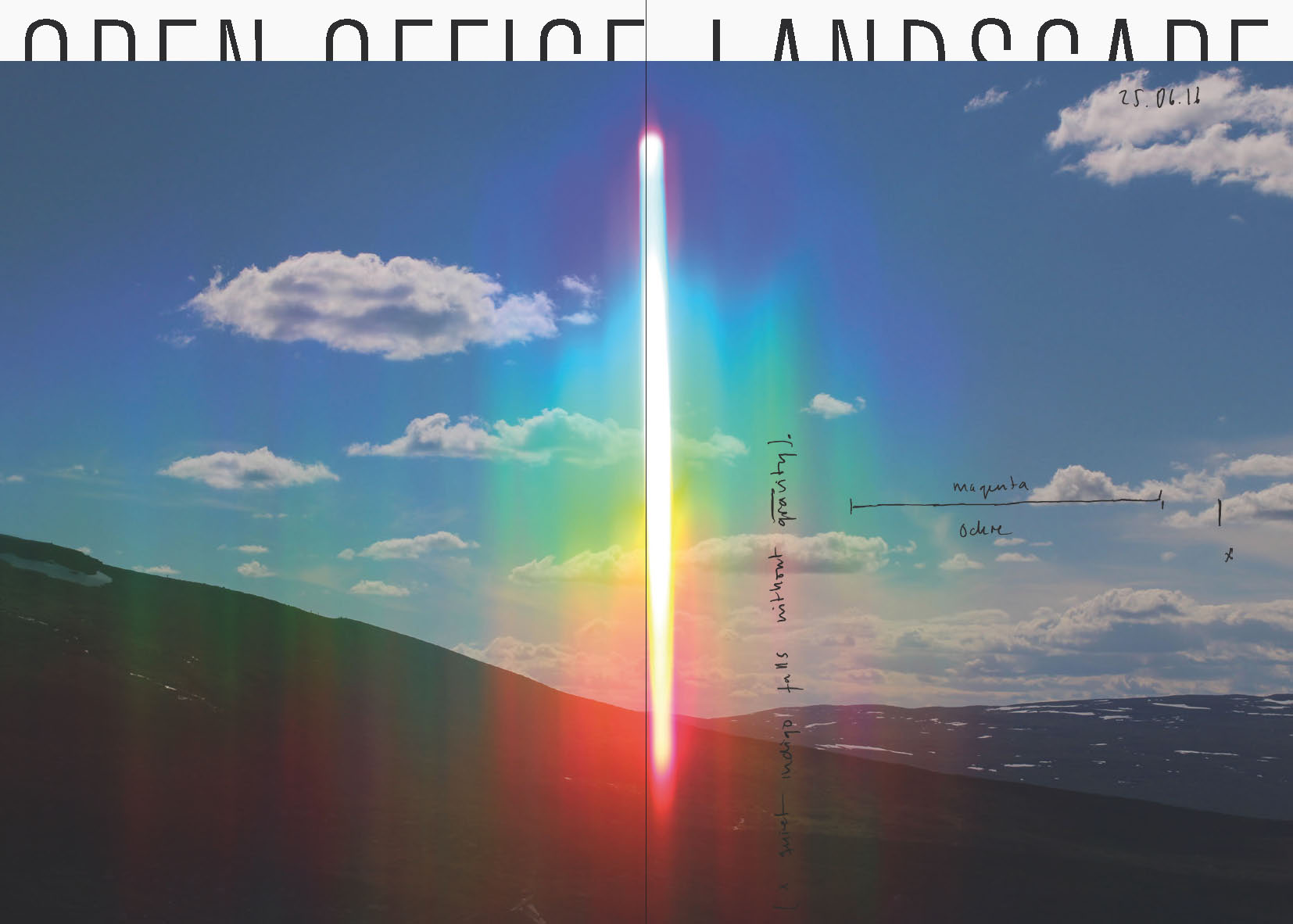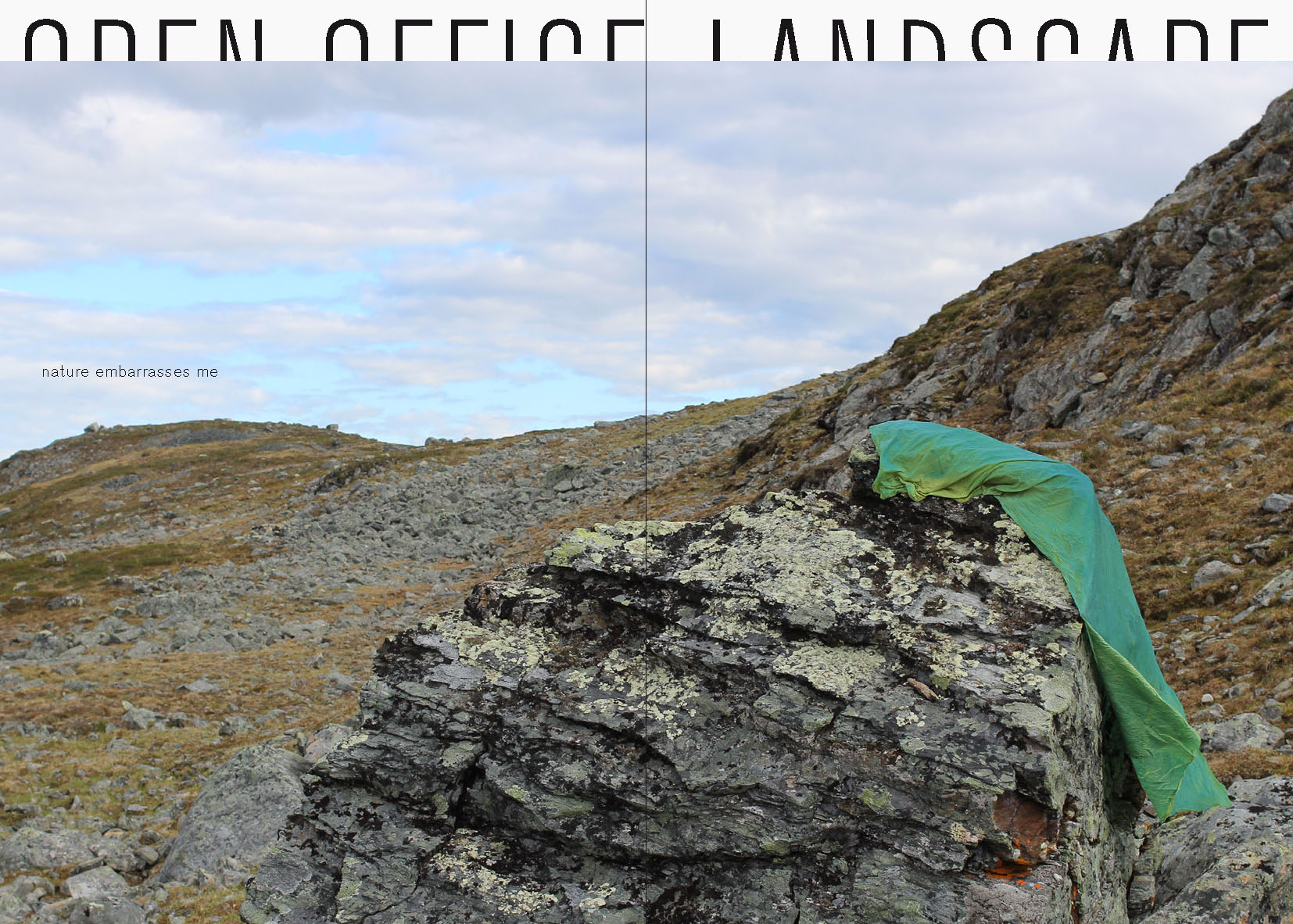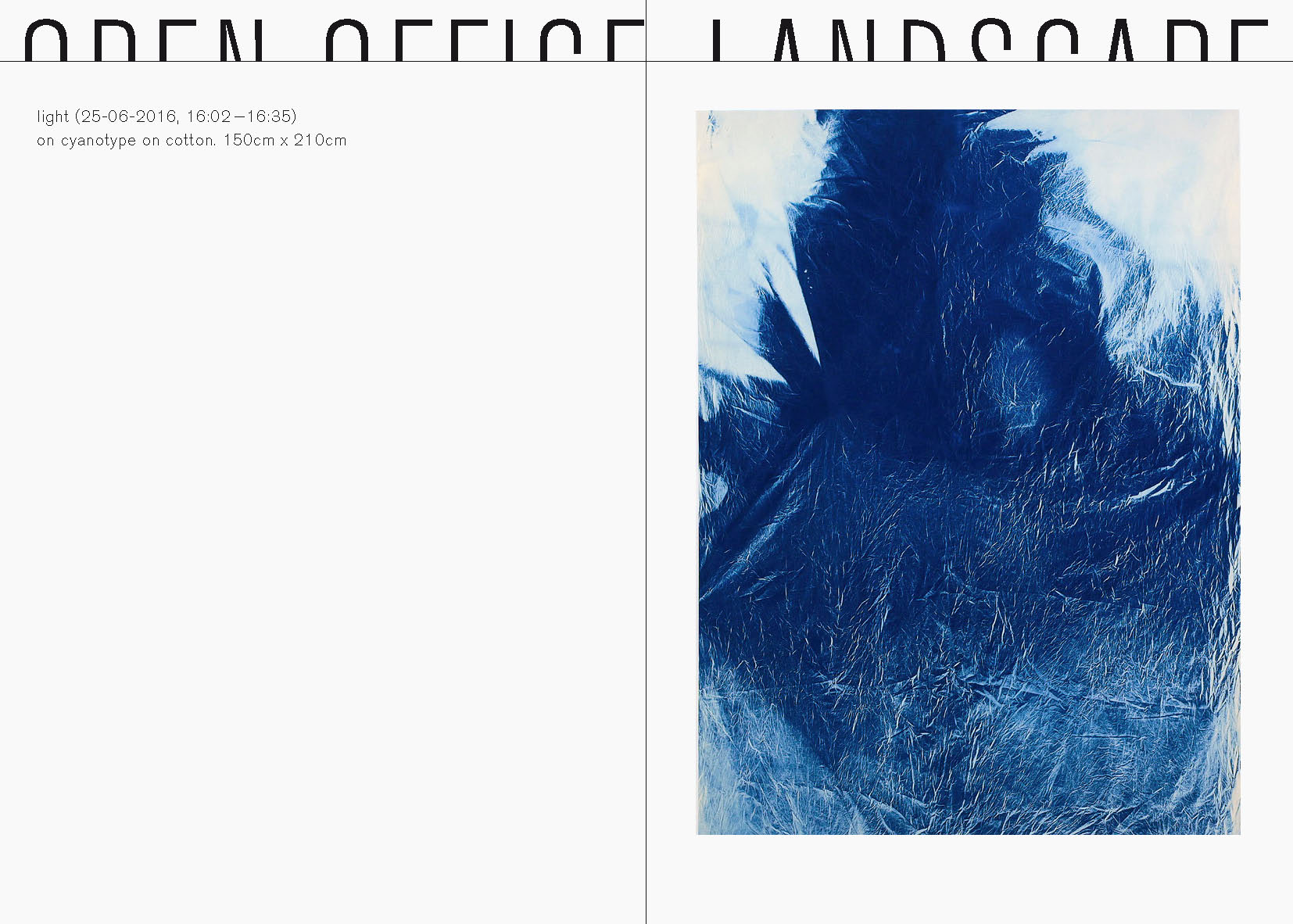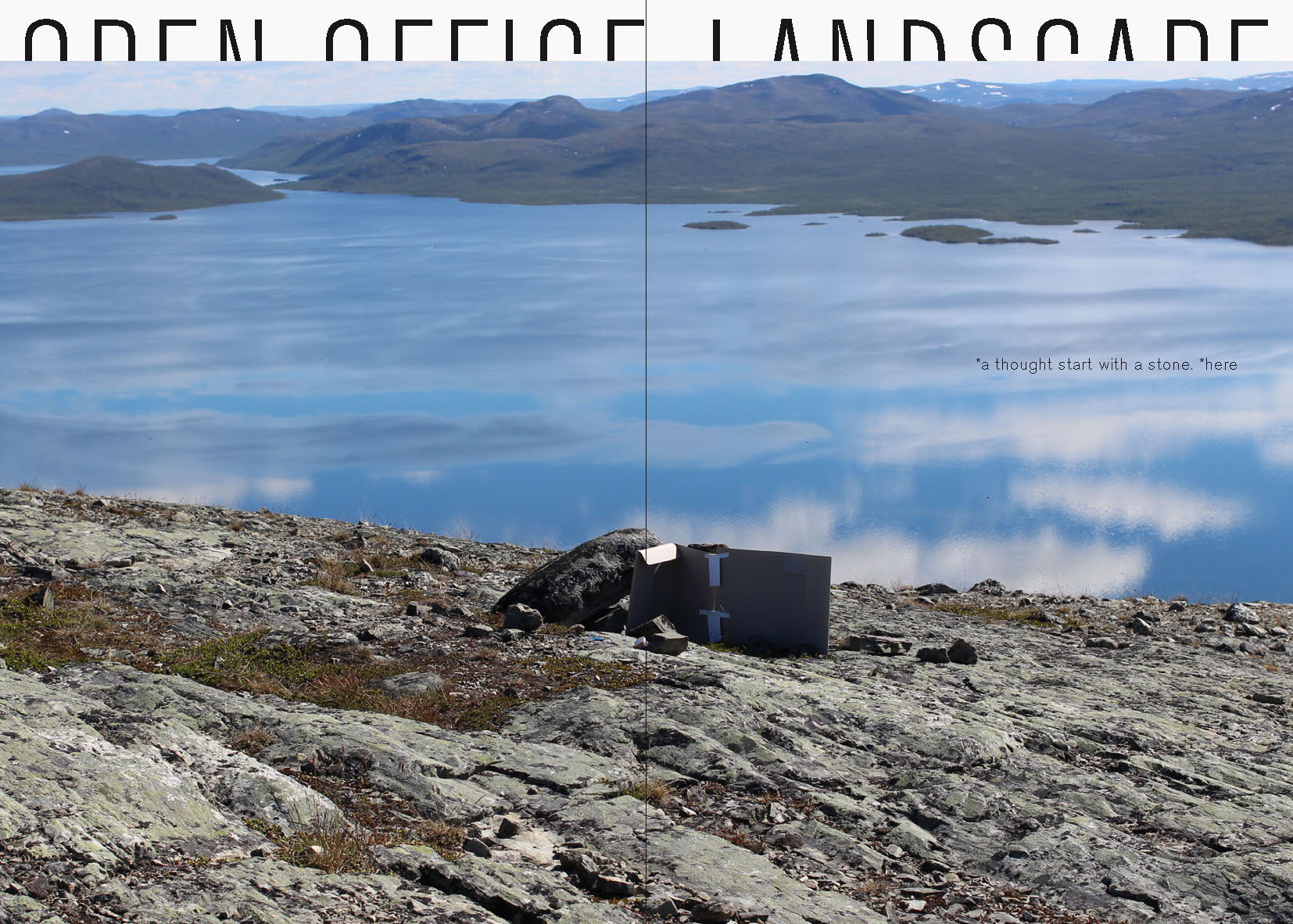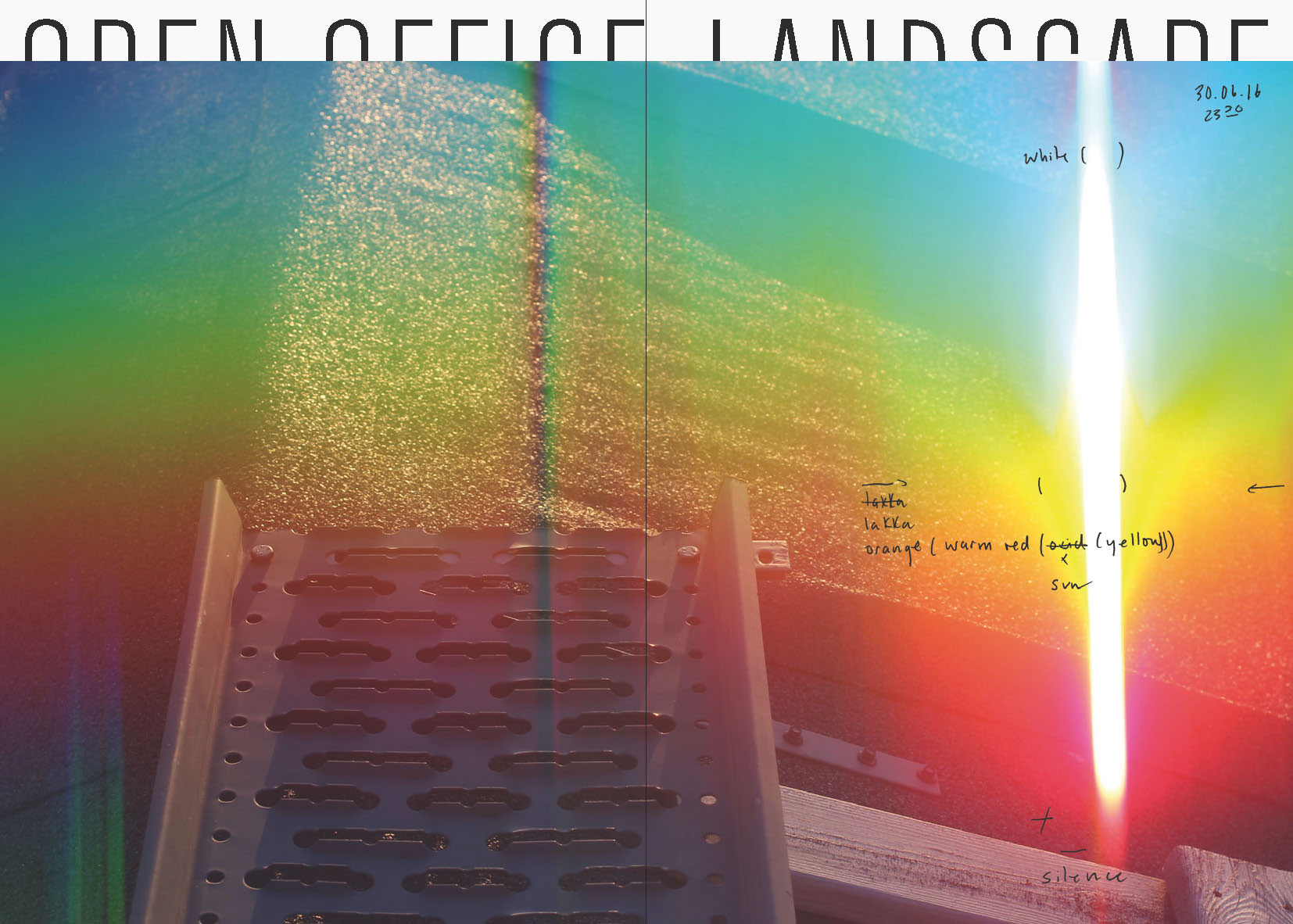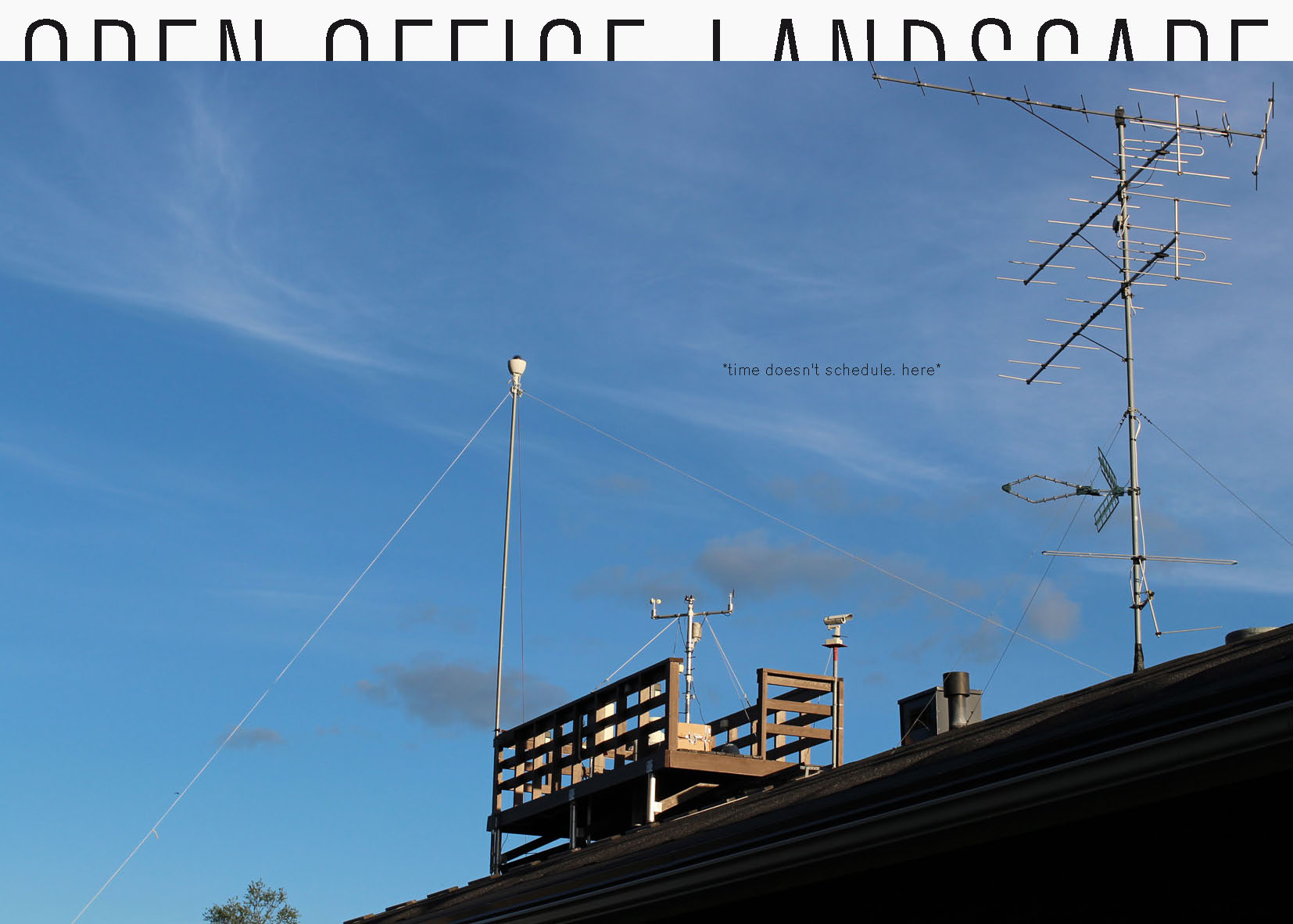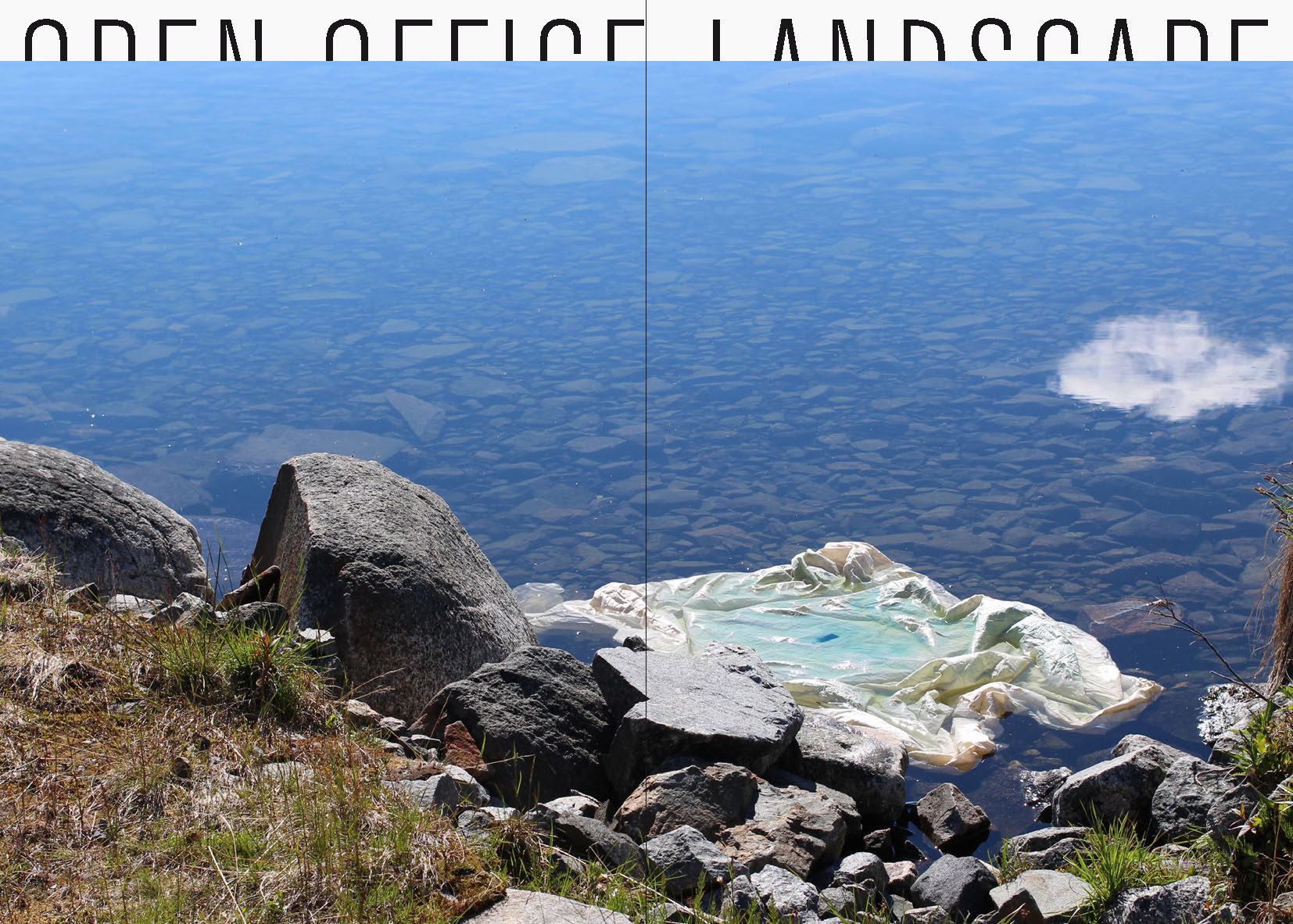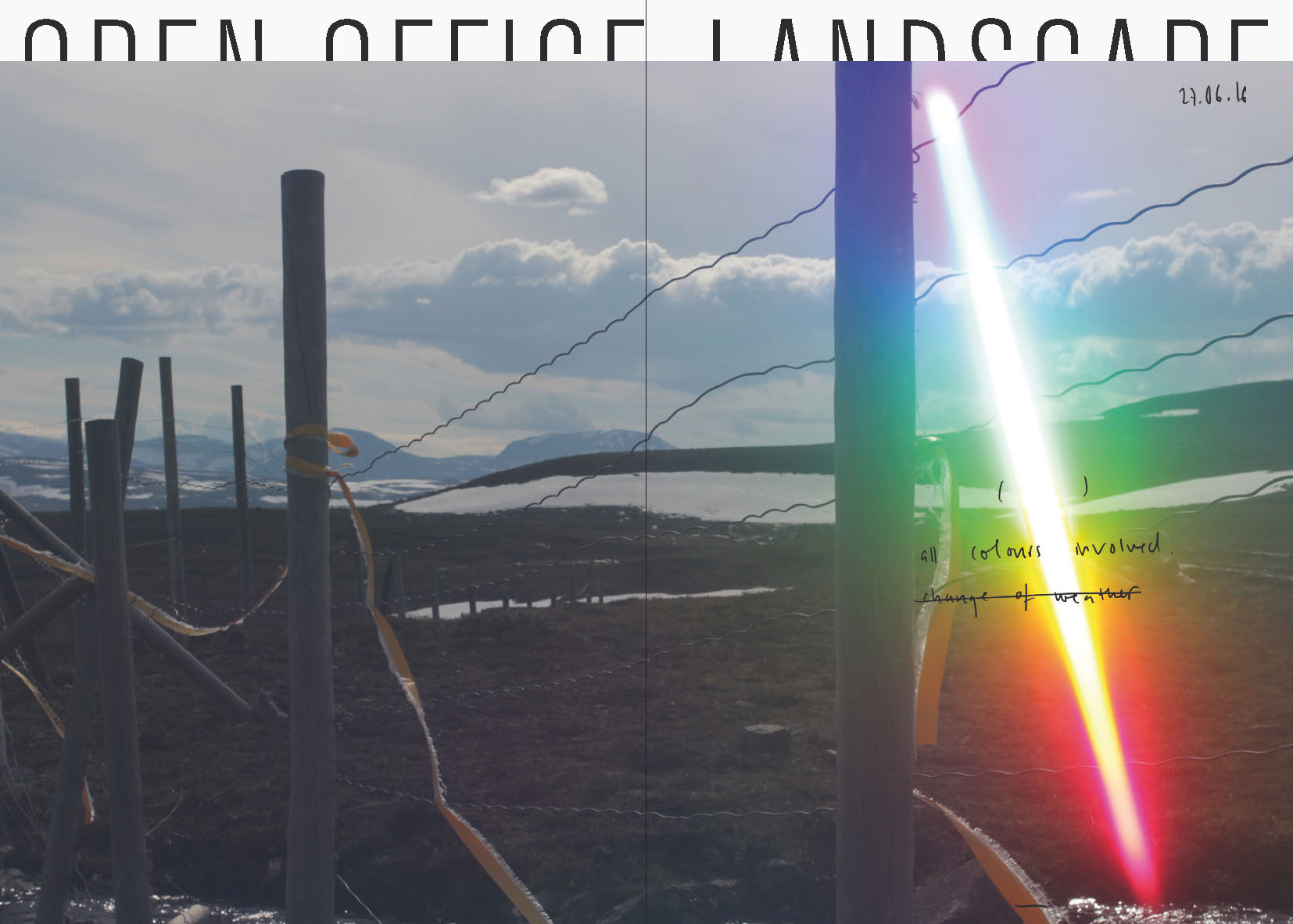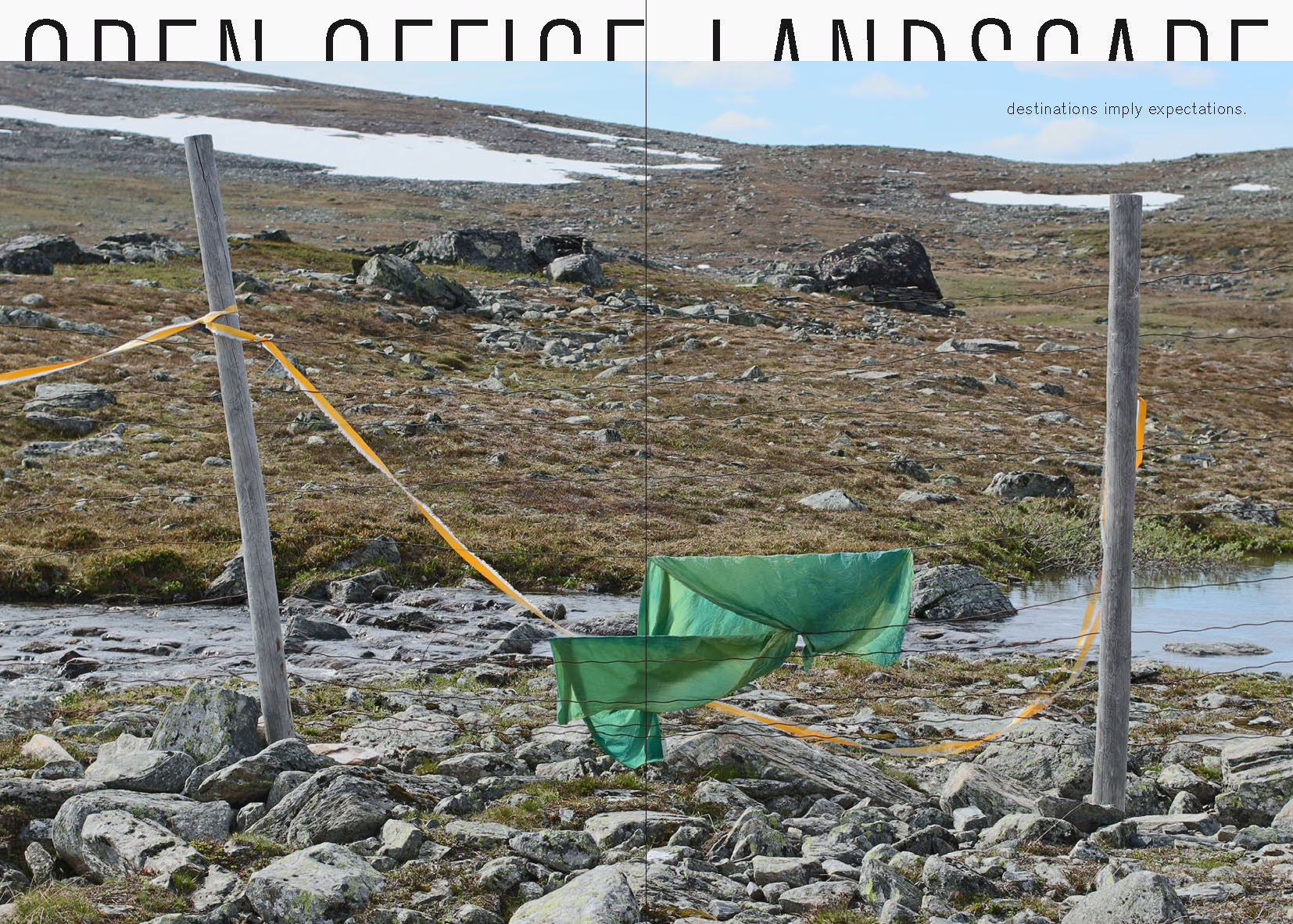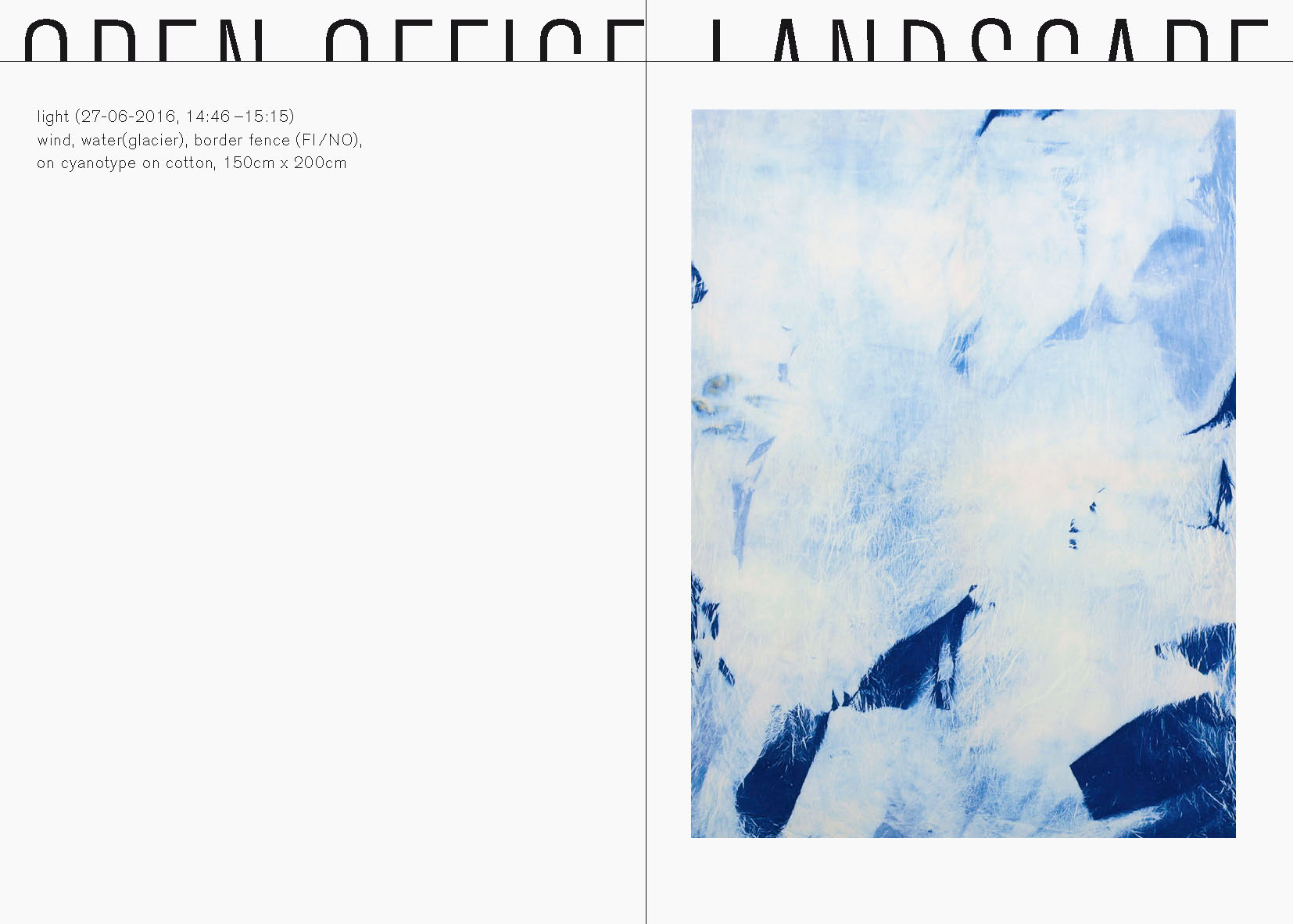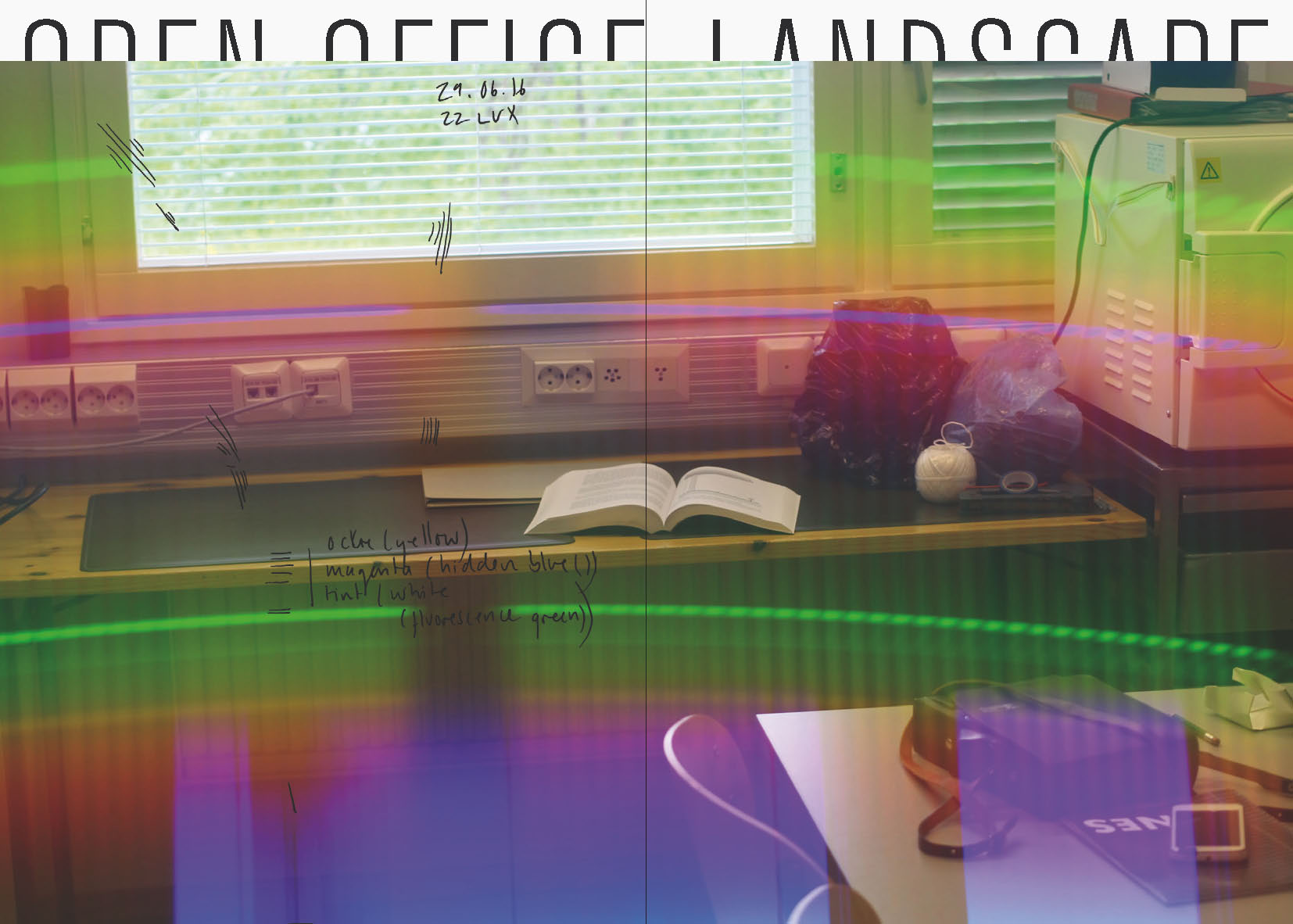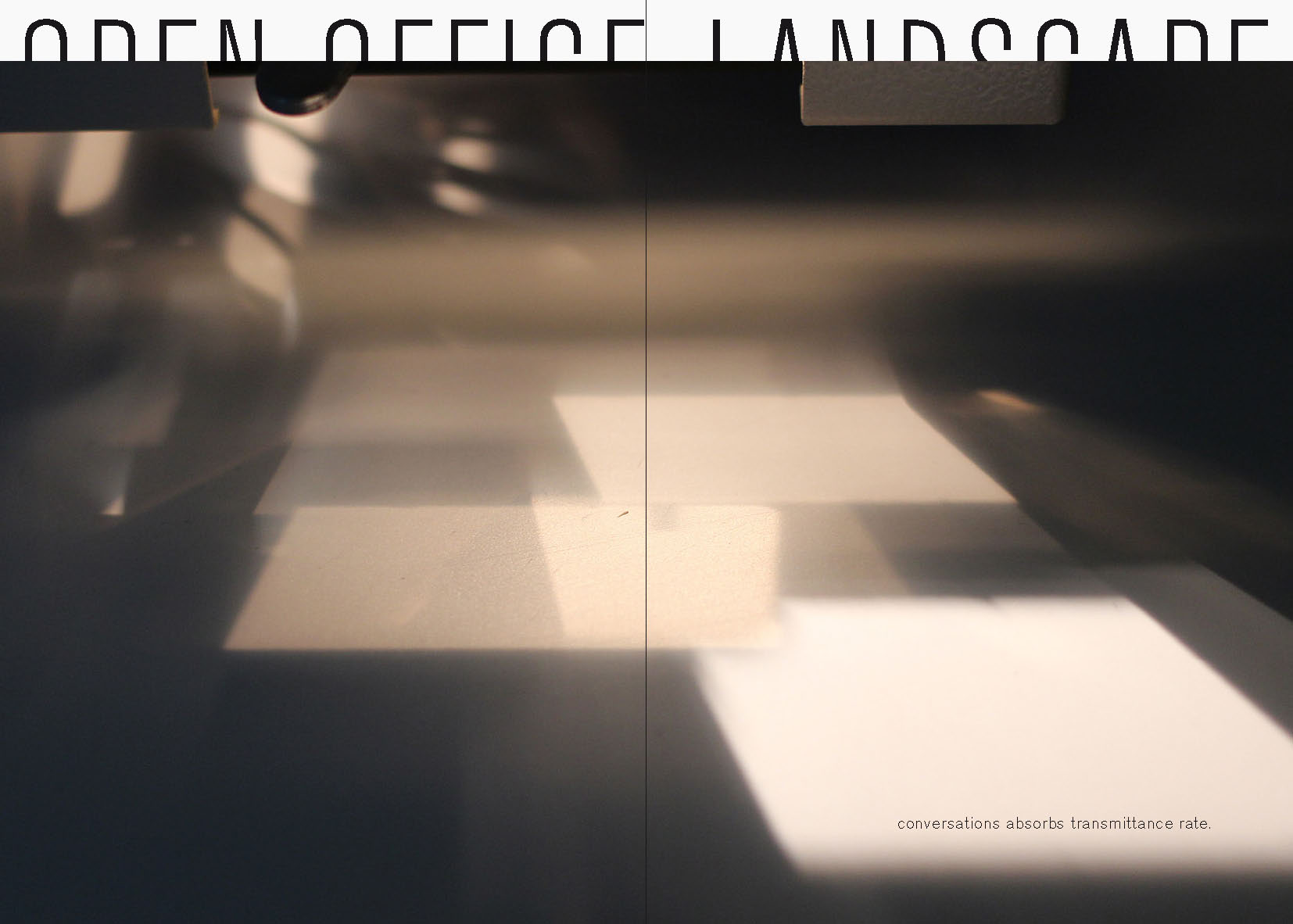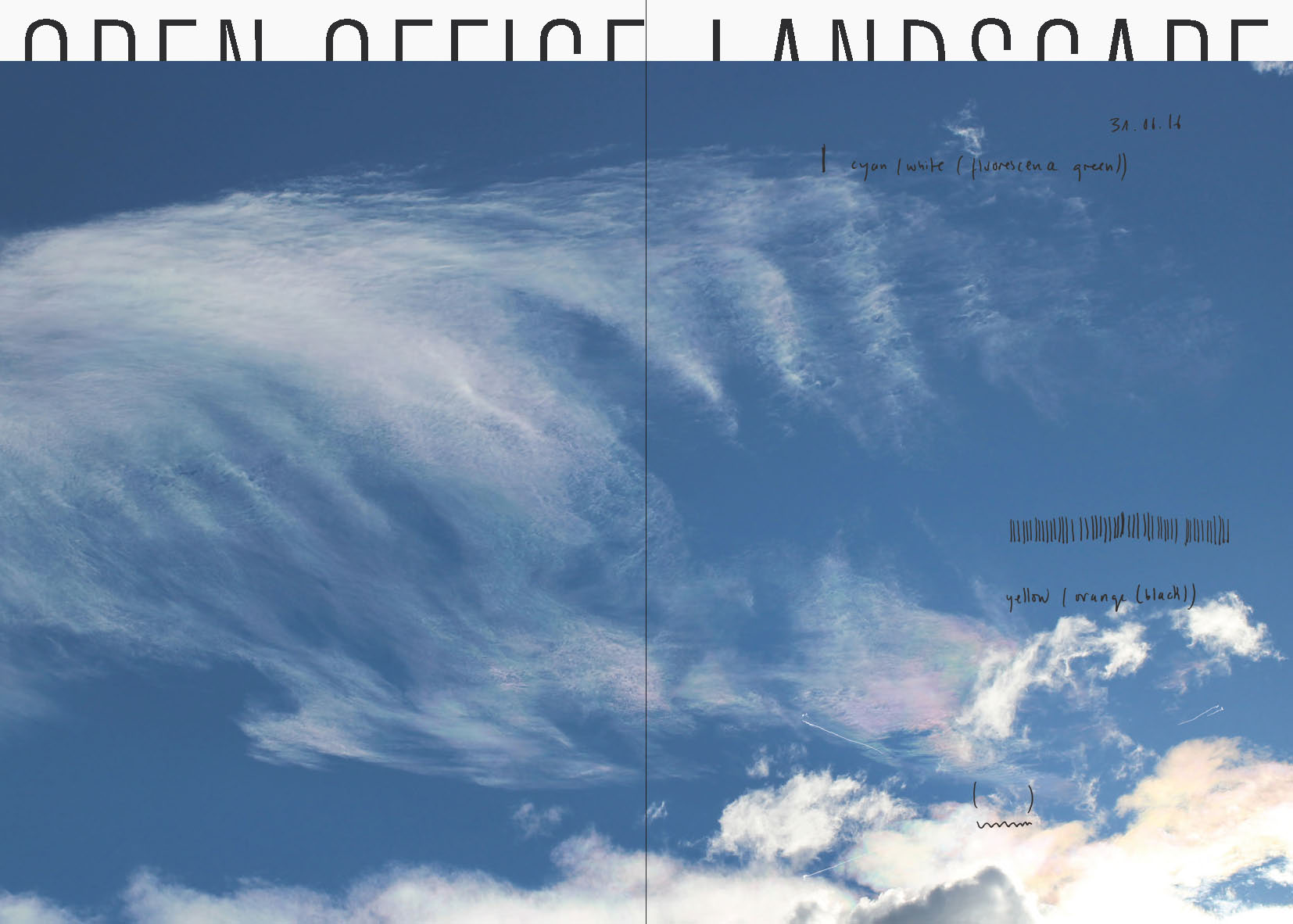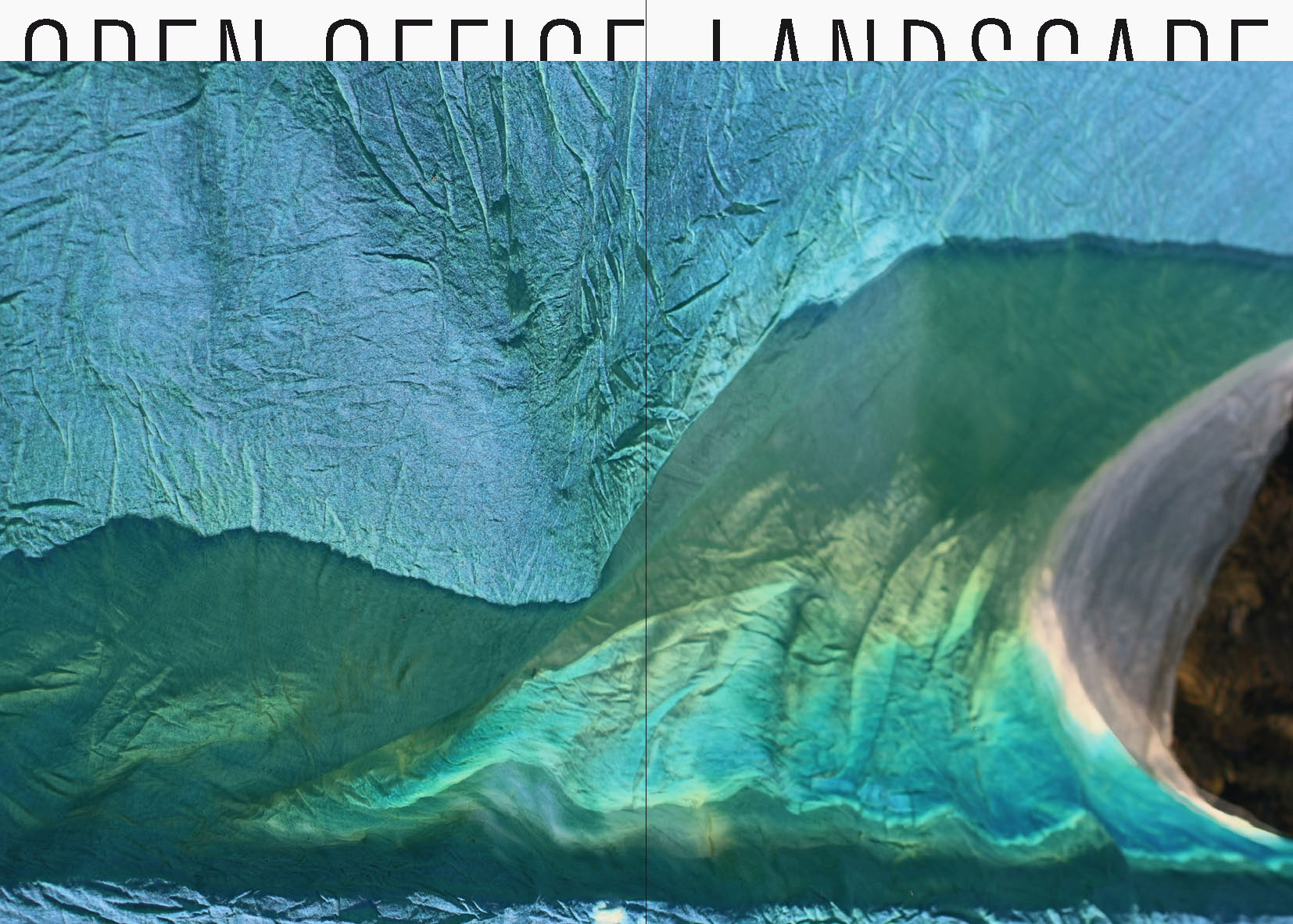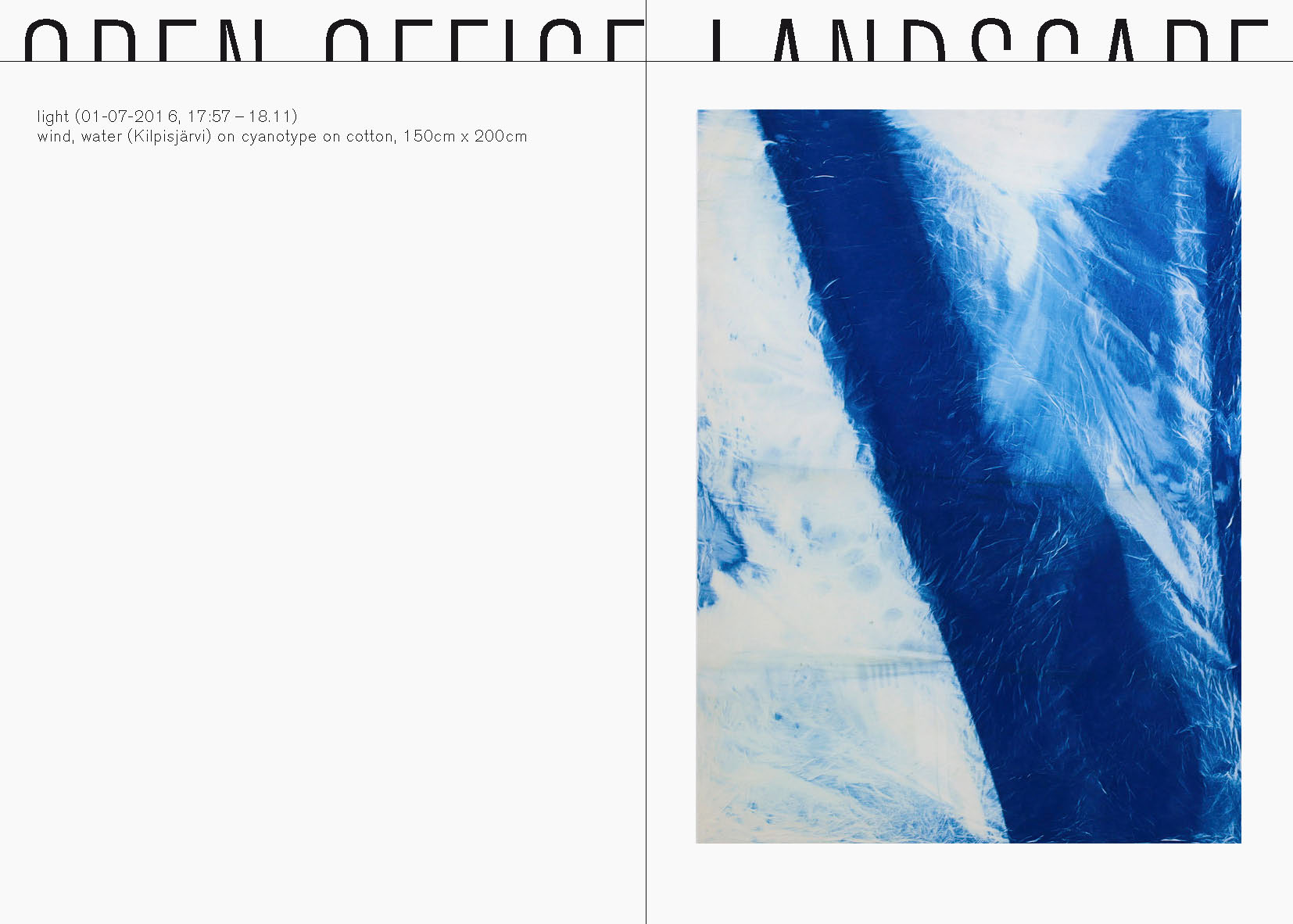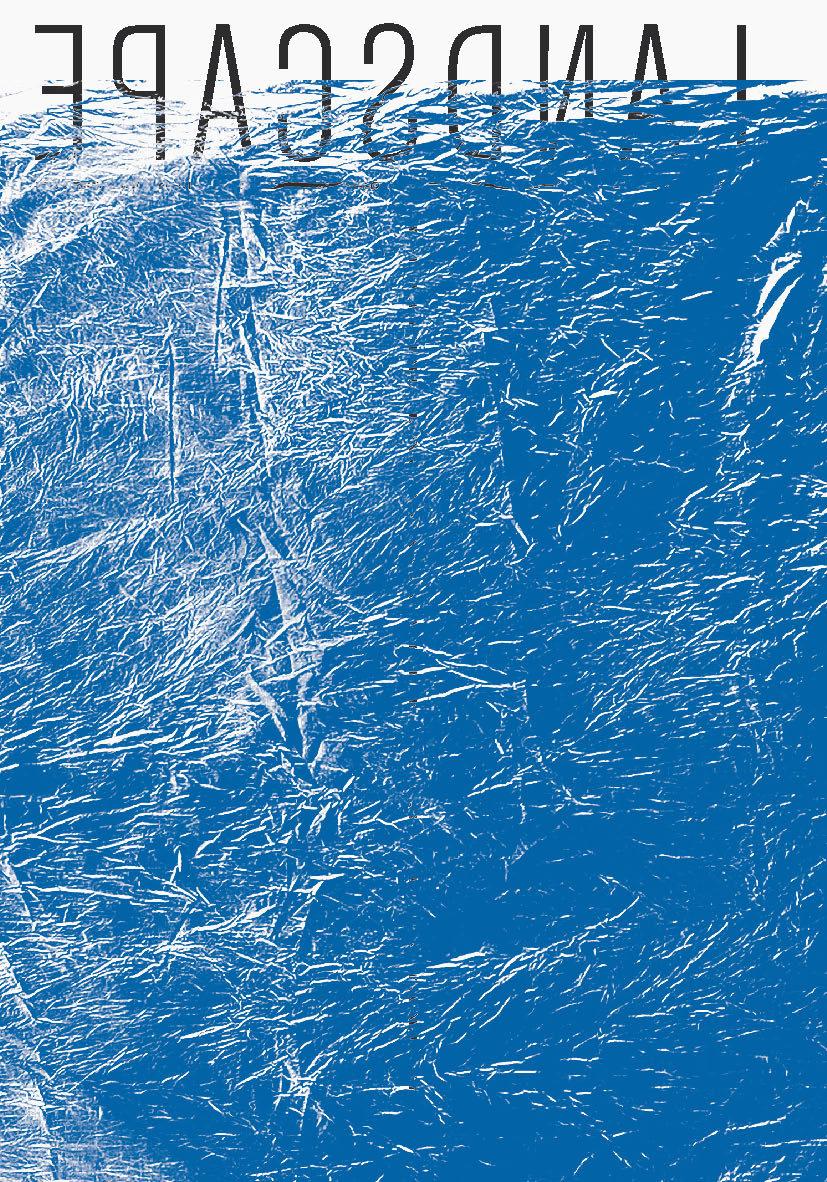----------------------------------------------
open office landscape
project. 2016.
a study of the light conditions of the Arctic Summer.
Biological Science Station Kilpisjärvi FI
In the framework of the artist-in-residence program ars bioarctica, the project open office landscape explored strategies to measure the light of the Arctic summer. The nature reserve around the biological science station at Kilpisjärvi is part of a long-term climate change research. It also accommodates the Kilpisjärvi Atmospheric Imaging Receiver Array, which is used for atmospheric, near-Earth space and astronomical research. The residency enables invited artists to work in and with the nature reserve. It offers laboratory space as well as equipment to use for artistic purposes.
With open office landscape the landscape around Kilpisjärvi transformed into an open workspace to study light on different locations and during different times of day and night.
To do so, the process of the cyanotype and simple Do-It-Yourself spectrometers were in use.
The English scientist Sir John Herschel (1792-1871) first published the light-sensitive process of the cyanotype in 1842. He is known for his contributions in astronomy and chemistry. Although his chemical research had great impact on early photography, he had little to no interest in making pictures. Instead he was interested in the light-sensitive process itself and used it to study properties of light and chemicals (1). The cyanotype, also known as blue or sun print, develops through light different intensities of the pigment Prussian blue. Unlike other early photographic processes, the cyanotype consists of two natural, non-toxic components and with proper handling suitable for applications in a natural landscape (2).
In Herschel’s time, the cyanotype process found only little application in the field of art and photography. Only a few scientific instruments picked up the cyanotype as a print medium, like the Jordan sunshine meter (3). In the 1880s however architecture offices discovered the process to produce the first ‚blue prints’ of ground and elevation plans.
Open office landscape revisited Herschel’s approach to study light through strategies of the online DIY culture. At a place like the Arctic Circle, one becomes aware of every man-made object one brings along. Therefore the DIY spectrometers were formed with material gathered at the station: an old CD, tape and a parcel cardboard box. Daily notes on the colours of the sky accompanied spectrographs captured by a self-made filter lens. Cyanotypes created by the Arctic light were also shaped by the location itself and its spatial, temporal and ecological properties.
Open office landscape pictures Kilpisjärvi as a site where terms like ‘space’ and ‘time’ have different dimensions. Employing scientific methods for artistic purposes reflects on strategies how to make complex phenomena visible. These strategies are located between the attempt to let nature picture its own condition (4) and the act of measuring, a deliberate interference, which aligns the picture with the experience made.
(1) Buttmann, G. 1965. Grosse Naturforscher. Band 30. Wissenschaftliche Verlagsgesellschaft. Stuttgart. P.150-177
(2) Ware, M. 2014. Cyanomicon. Buxton. P.20
(3) Ian Strangeways, I. 2003. Measuring the Natural Environment. 2 Edition. Cambridge University Press. P.17
(4) Daston, L.J. and Galison, P. 2010. Objectivity. 2nd edn. New York: Zone Books. P.150-177
(10 2018)
open office landscape publication.
Publication Studio Rotterdam / NAK Neuer Aachener Kunstverein 2018
(09-10 2016)
open office landscape exhibition.
Neuer Aachener Kunstverein Aachen. DE 2016
(06-07 2016)
ars bioactica artist-in-residence.
Biological station Kilpisjärvi.FI 2016
The project was kindly supported by
Finnish Society for Bioart
University of Helsinki
NAK Neuer Aachener Kunstverein
STAWAG Stadtwerke Aachen AG
Goethe-Institut Rotterdam

